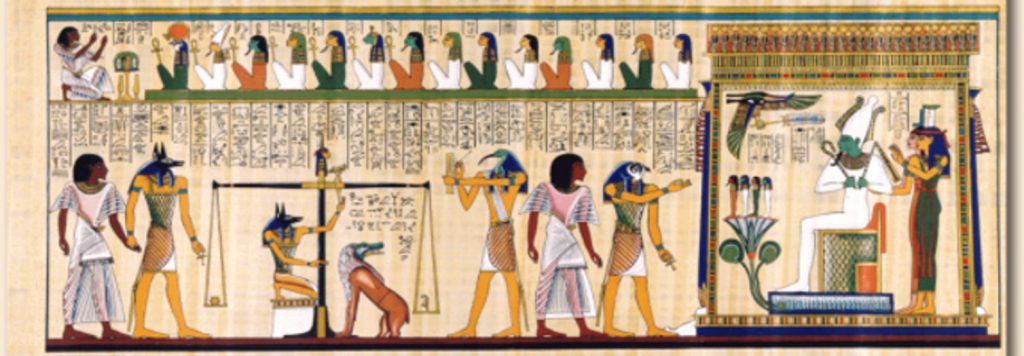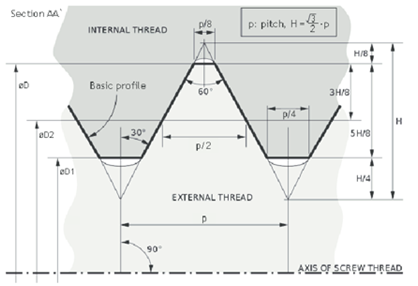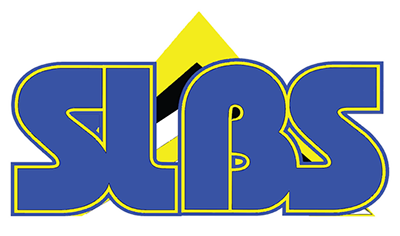How, and why, did the whole field of Standards come into existence? First, standards are nothing new. When the Egyptians built the Pyramids, they used a standard to define length. After all, there’s no point in hewing a massive block of stone from a quarry, transporting it hundreds of kilometres down the Nile and hauling it up a steep slope to the construction
site only to find an irate Pharonic purchasing manager tells you: “Sorry Mate. It’s too small”.
The standard was called the Royal Cubit. It was a wooden rod, 52.92 cm in length and was derived from the distance between someone’s elbow and the tip of their middle finger!

The Romans, too, had a sophisticated system of standards covering weights, measures, currency and even shades of colour. Think about it, the corporate image of the Empire suffers if your Germanic, Gallic and Tunisian Legions are all dressed in different shades of red, and Imperial purple is defined only as some loose mixture of blue and red dyes. Henry I of England famously imposed his own length standard on his kingdom in 1120 AD. The “ell” was the length of his arm.

Standards really came into their own with the Industrial Revolution and the shift from artisanal manufacturing to mass production. Businesses needed a way to ensure that “stuff”, produced by one enterprise in one location worked for consumers who may be in a different city, a different country or even a different continent.
As usual, some of the very first standards were driven by the
military. 18 th Century Europe and America were plagued by never-
ending wars. But every army, every group and, in some cases,
every individual had his own unique musket. That is, obviously,
not a great idea. “Aargh. The English are storming our defences. I
have run out of flints for my musket. My buddy has a pile – but
they don’t fit. Merde!” In the late 1700’s the French, followed
closely by the Americans, introduced equipment and techniques
to manufacture interchangeable parts for muskets and to inspect
and test the parts to ensure uniformity. Bingo! A strategic advantage. Pretty soon, the same ideas of “standardization” propagated through other emerging manufacturing industries – including the rapidly growing railway industry. In fact, it was really railways that got standardization going. Track gauge. Rail profile. Wheel profile. Signals. So many things that
have to be just right over long distances and in all weathers. Standards were born!
In the early days it was common for firms or industries to develop their own standards. It wasn’t until 1901 that the World’s first National Standards Body was created in London. This was the organization that would go on to become BSI. Through the first half of the 20 the Century BSI led the World in the establishment of “standardization” – largely driven by the
complexities of managing trade and interoperability across the countries of the, then, British Empire.
In 1946, in the aftermath of the Second World War, it was clear that the old European empires had run their course and would be replaced by a new, global, trading World. The World Bank was set up in 1944. The UN was founded in 1945. GATT, which later became the WTO, was founded in 1948. And in 1946, BSI organized the Commonwealth Standards Conference in London which led to the formation, in 1947, of the International Standards
Organization for Standardization (ISO). It is perfectly possible that someone from St Lucia took part in this conference!

ISO’s first technical committee was set up to tackle the very dry, very technical but ever so important subject of screw threads. Imagine a world in which individual countries, industries or even companies used their own, proprietary version of nuts and bolts. Every product would be
customized. There would be no economies of scale and there would be huge costs incurred in managing warehouses of incompatible parts and components. That’s how the World used to be. In 1948 ISO published the standard that led to our current metric screws, nuts and tools. ISO-261.

The post-war period also saw the rise of the so-called open standard. In many ways a standard is the opposite of a patent. While a patent is designed to reward an inventor by providing a period of protection from
competition, the strength of a standard lies in the mutual benefits that occur when ideas are shared. There’s no better example of this than the shippingcontainer. In the 1950’s an American trucking company owner, Malcolm Maclean, patented the idea of a rectangular, stackable container.
He bought a ship and converted it for container transport. Almost immediately, it became clear that his invention had slashed the cost of loading and unloading a ship by almost a factor of 100. He founded the Sea-Land shipping company and became extremely successful. In the 1960’s he donated a royalty-free lease on his patents to ISO and his design is now used worldwide and free of charge. Shipping costs continued to spiral downward. It is not unrealistic to say that globalization began with an ISO standard.
Containers are not the only ISO Standard that changed the World. In 1940’s Japanese Industry was in ruins. The American Military helped them rebuild and taught them modern management techniques like Statistical Process Control. Meanwhile, in USA and Europe, the consumer market boomed and Industry responded by churning out increasing quantities of ever-more-shoddy goods. Anyone who owned a British or American car or TV
set in the 1970’s will fully understand.
Back in Japan, manufacturers like Toyota, Honda and Sony were using their own Quality Management Systems to create products that combined style and function with enviable reliability. When they hit Western markets, it
was clear that the big companies had to respond. Everyone dived into Total Quality Management. Companies like Motorola and GE adopted the six-sigma process in an attempt to reduce product defects. In the 1970’s BSI introduced a set of standards, BS 5750, designed to improve the efficiency and productivity of business processes. These were proposed to ISO in 1979, and in 1987 the first version of ISO9000 was released to the World. By 2019 almost 2 Million enterprises, in almost every country in the World, had
achieved ISO 9001 certification.

ISO, headquartered in Geneva, now maintains a collection of over 22,000 standards
